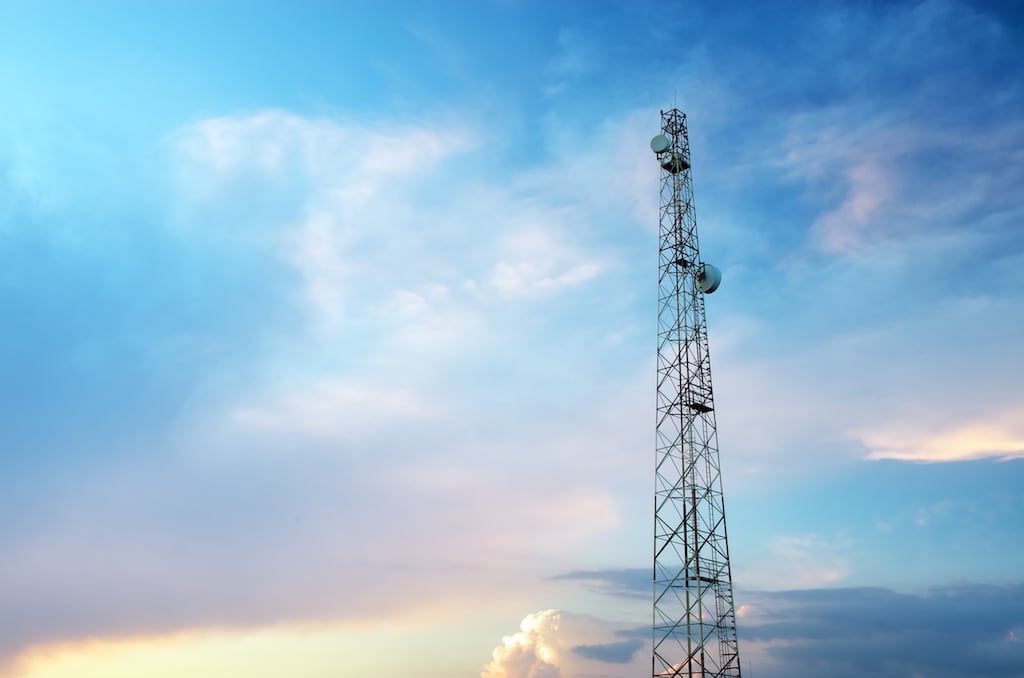In spite of what the cellular phone service providers say, the world will have to wait a few more years to enjoy the benefits of 5G. The network providers are positioning to be the first one out of the gate with the new technology. However, while they have released a few "5G-like" launches, no one has implemented 5G in the US that meets all of the official standards.
But, it's just a matter of time until someone does. The pieces of the giant puzzle are coming together, and the world, probably in a few short years, will start realizing the promises of this quantum leap in wireless technology.

Rolling out 5G on a massive scale is vastly different than demonstrations within limited testing sites. Since the reliability of the network will be critical, device testing must be robust and thorough. The problem is that many of the devices that will comprise the 5G network are new and lack sufficient reliability testing data.
Accel-RF will play a significant role in making 5G a reality. The company's line of modular systems can provide the answer to the exponentially multiplied reliability testing needs. The flexibility of Accel-RF testing solutions enables manufacturers to stay competitive by allowing them to adapt quickly to the changing 5G landscape.
A Comprehensive Plan on a Global Scale
Most of the 5G hype revolves around wireless phone service. As significant as vastly improved cellular service is, 5G will go far beyond that consumer benefit. 5G will not only revolutionize the way the world communicates, works and learns, it will also transform many sectors of the world's economy.
5G will use an extended frequency allocation plan that incorporates both the sub-6 GHz bands as well as portions of the mmWave spectrum (24 GHz-100 GHz). This scheme creates an exceptionally versatile wireless communication system with a multitude of capabilities.
For example, 5G service in the cities will use the mmWave spectrum for blazing-fast speeds (up to 10Gbps theoretical speed) and low latency. Where distances are an issue and speed less critical, the network will rely on the extended transmission range of sub-6 GHz signals.
By utilizing advanced technologies, the system can portion the right bandwidth for each task. So, a single transmission tower will provide fast streaming video and slower, less power-intensive connectivity for IoT devices such as electric meters. Strategies such as beamforming can steer easily attenuated mmWave signals around walls and other obstacles, which makes almost any location accessible for nearly any purpose.
In theory, the 5G New Radio (NR) solution will address the limitations of current LTE service and move the world light years ahead. The plan is undoubtedly ambitious, but the stakes for success are high. Development is well underway in several key sectors that illustrate the change that 5G deployment will ultimately bring.
How does 5G use mmWave frequency bands to enhance communication?
Industrial Manufacturing
5G will revolutionize manufacturing when it fully interconnects all of the moving parts. Supply chains seamlessly communicating inventory to the machines that consume raw material will keep plants busy with nearly no downtime. Production schedules tied in real-time to shipping mean a system flowing with virtually no bottlenecks.
Sensors on machines can detect slight variations in performance and schedule preventative maintenance to make the necessary adjustments to head off breakdowns. At that point, keeping production moving evolves from being primarily reactive to more proactive. The result will be far greater efficiency, and manufacturing companies will enjoy a much healthier bottom line as 5G technology improves their ROI across the board.
Military Applications
The world's major military powers are researching 5G extensively and are actively testing the new technology for use in various scenarios. Military forces need faster speeds and lower latency to carry out many current and planned future operations more efficiently.
In command and control situations, the higher transmission speeds will give forces using 5G an upper hand. Reconnaissance updated to take advantage of 5G will significantly enhance the military's ability to gather and disseminate information on the enemy. And, they will also see an increased ability to fly drones and control other autonomous vehicles into battle situations.
The massive logistics of supplying troops in the field, coordinating the movement of equipment and organizing troop movement can all benefit from 5G's ability to communicate at high speeds through multiple high-bandwidth paths in real-time.
Healthcare
The transferring of large amounts of data is the primary component of modern medical science. 5G will provide a means to move vital information to the right people in a fraction of the time it currently takes.
Doctors will be able to download large patient files quickly (e.g., a digital mammogram is 27 MB). Patients in remote locations will benefit from greater access to real-time telemedicine through the fast video streaming 5G offers.
Healthcare professionals will be able to share information with their colleagues with greater ease. Training and conferring on patient cases can effortlessly transcend geographic distances.
5G will allow remote patient monitoring to become a reality for many people who do not have access to hospitals. Low latency will also allow robotic surgery to become more widespread.
Ready to explore the testing parameters required by the 5G ecosystem?
Personal Transportation
The long-awaited autonomous vehicles can finally become a reality when 5G fully deploys. Internet-connected cars can coordinate traffic patterns and keep everyone moving smoothly.
As people continue to view their automobiles as additional living space, fully connected vehicles will be a requirement in the future. The car, connected to the 5G network, will act as a surrogate office and entertainment center. Commutes will transform into a time for productivity or relaxation since driving or fighting traffic will no longer be a concern.
Why 5G Isn't Here Yet
While 5G holds so many benefits for numerous areas, many are wondering why the technology is not yet in full use. The answer is simple: building the 5G infrastructure requires overcoming some substantial obstacles.
The task of implementing 5G involves an unprecedented level of cooperation between governments and businesses on a global scale. For it to work as planned, the reliability of individual devices must be unquestionable.
For 5G to become a reality, manufacturers must ramp up production of IC's and other components required to build the 5G infrastructure to a level far beyond current capacity. To reach this manufacturing volume and be able to guarantee reliability, device manufacturers will have to develop testing methodologies that can handle compiling characterization data on a much larger scale than exists at present.
Accel-RF Poised To Help Usher In 5G Revolution
As 5G standards continue to evolve, manufacturers must be ready to provide an ever-changing reliability testing regime. With Accel-RF equipment, users can make upgrades to the 5G RF module as needed while keeping the rest of the testing system in use unchanged.
The software accompanying the testing systems gives users the ability to glean detailed data from every stage of accelerated life testing. The interface contains tools to let the user easily compile and present the testing data to stakeholders for proof of reliability standards compliance.
5G is coming. Making sure it works as promised is falling more and more to the device manufacturers’ willingness and ability to test individual devices adequately. Accel-RF is uniquely able to provide manufacturers solutions to efficiently and affordably guarantee the high level of reliability needed to ensure a successful rollout of the 5G network.




